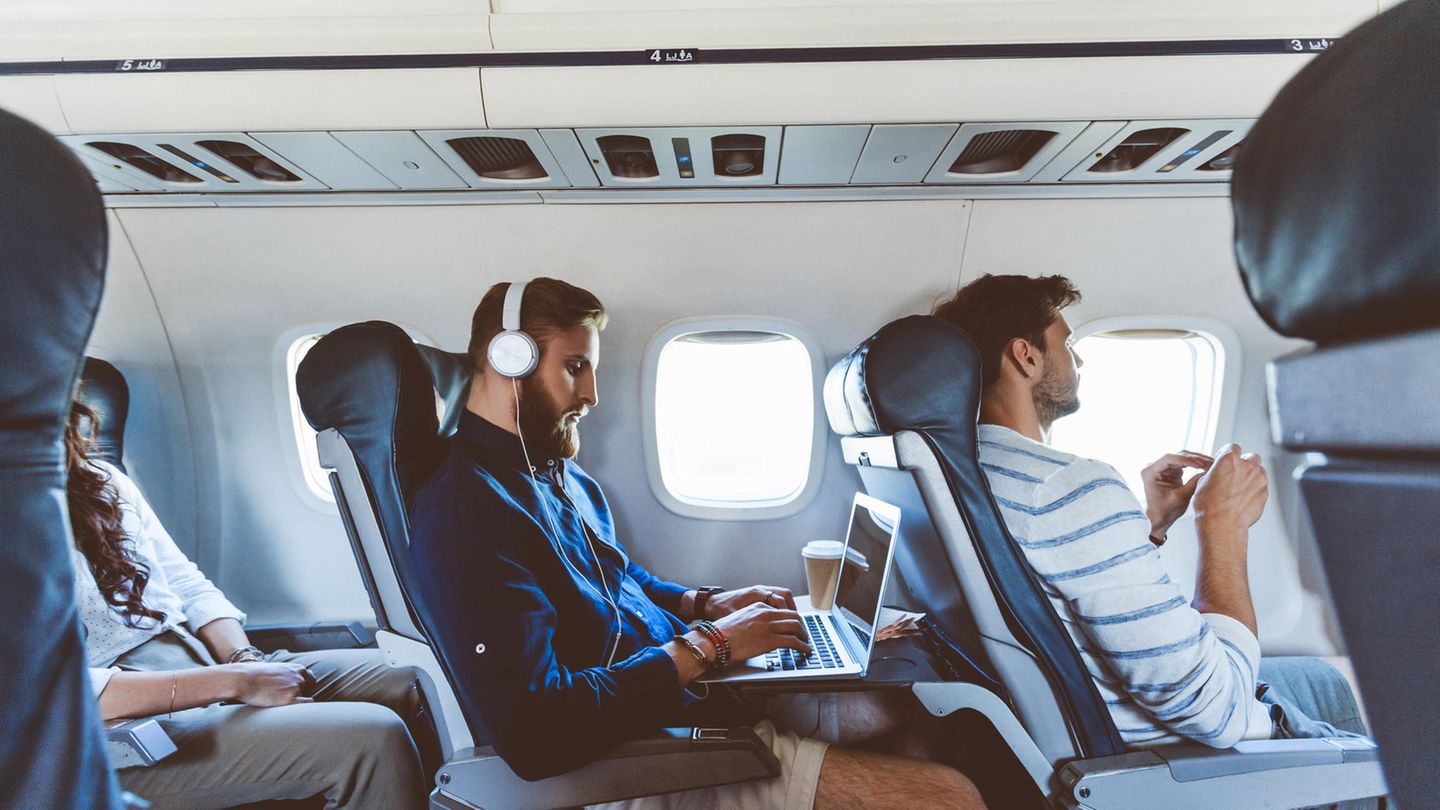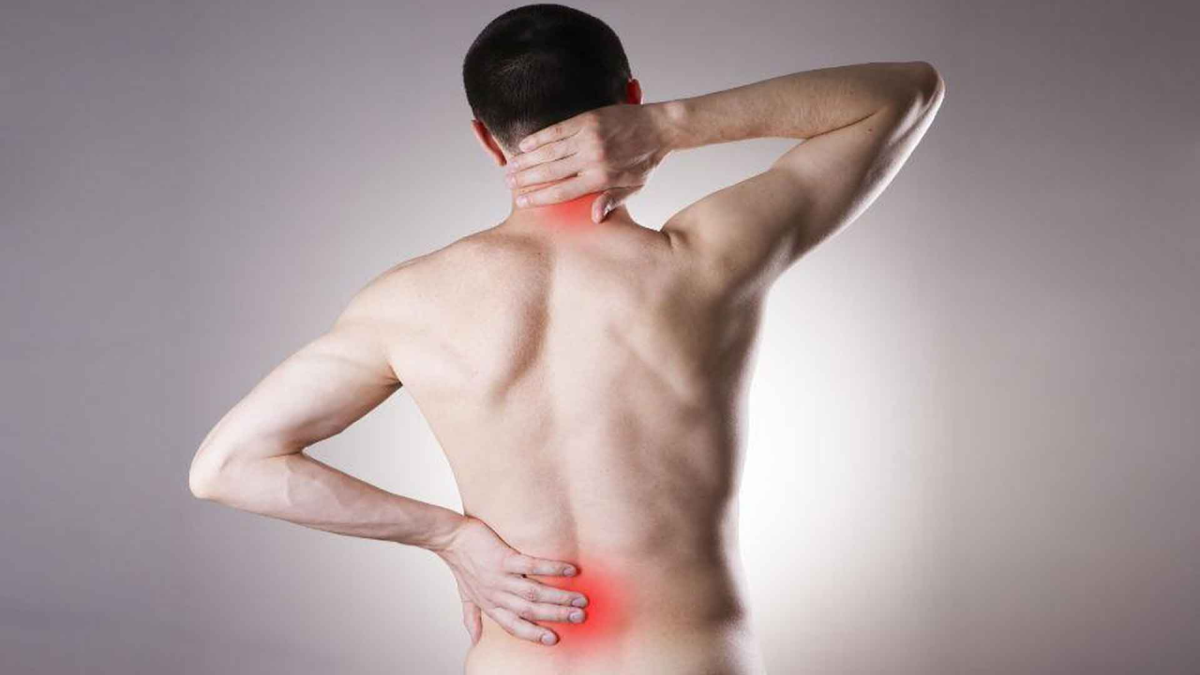When flying to the summer vacation, it could be possible that a mask no longer has to be worn on the plane. The reason for this is the relaxed corona measures in the EU from Monday. But does this new freedom entail a high risk of infection in aircraft cabins?
Before the travel waves in summer, the corona measures relating to air travel were relaxed in the EU. From Monday, the recommendation to wear medical masks in airports and on board aircraft will no longer apply. But what does it mean for the risk of infection with the corona virus on the plane and at the airport?
Travelers will probably not be able to sit on board all flights without a mask from Monday. “In Germany, the Infection Protection Act is still decisive, which stipulates that masks must be worn in local public transport and thus in airplanes. In this respect, masks are still compulsory on all Lufthansa flights,” says Jörg Waber, spokesman for the Lufthansa Group. But even now it is already allowed to take off the mask on the plane while eating. And wearing a face mask is no longer mandatory at German airports, as it is in other indoor areas.
How great the risk of infection is on the plane depends on various factors: how well the air is filtered, which air filters are used, how high the number of cases is, how high the viral load of a corona-infected person is and how close it is to mine environment, says Dr. Bjorn Jensen. He is Senior Physician at the Clinic for Gastroenterology, Hepatology and Infectious Diseases at the University Hospital in Düsseldorf. The risk of infection on the plane or at the airport cannot therefore be expressed in exact percentages, as this depends on a large number of factors, the complexity of which can usually only be approximately recorded scientifically.
Infections with the corona virus are locally limited
“It is somewhat of a fallacy that all passengers in an airplane breathe the same air. The air systems filter the air: air is extracted from every seat, filtered and fresh air is introduced into the airplane,” says Johannes Knobloch. He is a microbiologist, infection epidemiologist and head of hospital hygiene at the University Hospital Hamburg-Eppendorf. The effect: the air does not spread throughout the entire aircraft, but only locally. For the transmission of the corona virus via aerosols from a corona-positive person, a virus fog, it means that it does not spread through the entire aircraft. “The infectious aerosols can only be transmitted in the immediate vicinity before the air is sucked out. This means that an infected, contagious person who is not wearing a mask must sit in the row in front of, behind or next to me so that I can get a virus fog with me can become infected with the coronavirus.” At the airport, too, infection via aerosols is not so likely – even without a mask requirement. “Most of the time there are high ceilings and the rooms are cooled. The warm air we breathe rises and an accumulation of aerosols is unlikely.”
However, the risk of infection via droplets is higher on the plane and at the airport if all travelers are no longer wearing a mask. “In queues, when boarding, boarding and alighting and at the security check, I have closer conversational contacts where infection via droplets is possible,” says Knobloch.
FFP2 mask for self-protection still makes sense
But even if almost no one wears a mask at the airport or on the plane, it is still possible to protect yourself. “If an FFP2 mask is worn correctly and is really tight, I can protect myself very effectively against infection – even if no one else is wearing a mask.” For the protection of others, mouth and nose protection is at least as good as an FFP2 mask, sometimes even better. Because poorly fitting FFP2 masks are problematic. Through the resulting gaps between the face and mask, the breathing air penetrates outwards in a jet and aerosols can be spread relatively widely, says Knobloch.
But consistency is important for good protection, explains Björn Jensen. He says: “If you want to protect yourself optimally against an infection, you should wear a well-fitting FFP2 mask for the entire flight. The mask must not be removed to eat, even these minutes can be enough to get infected if one infectious person is nearby and not wearing a mask.” Because: “The new omicron variants are very infectious and so I can get infected even with brief contact via aerosols or larger droplets. In addition, many Sars-CoV-2 infected people even get infected with mild or asymptomatic courses of their corona infection are not aware of what increases the risk of infection, since neither they nor those around them see a reason for special behavioral measures.”
It is difficult to predict whether the elimination of the mask requirement on airplanes will lead to an increase in the number of cases. “In the past we have seen that vacation trips from countries with a higher number of cases brought infections to Germany. You could see that at the end of the vacation. You supported the start of the next wave.” However, a flight or a stay at the airport without a mask should not be considered the sole risk of infection, but always the entire holiday. There is also a risk of infection when going to a restaurant, an evening at the disco or other activities without a mask.
Johannes Knobloch sees it similarly: The elimination of the mask requirement at airports and on the plane will probably not lead to a sharp increase in the number of corona cases. “I wouldn’t look at the flight in isolation either. Increased contacts on vacation and the behavior there can lead to more corona cases during the classic travel times.” Such an increase in return travel times is also influenced by other effects: “If I know that I want to fly on vacation in the next week and feel some cold and hoarseness, I might avoid getting tested so as not to make the trip If I come back from vacation and have symptoms, I’ll be more likely to get tested.” From an epidemiological point of view, the expert thinks it makes sense that in all situations at the airport and on the plane, in which conversations take place and many people come together, it makes sense that masks continue to be worn for protection.
Source: Stern




